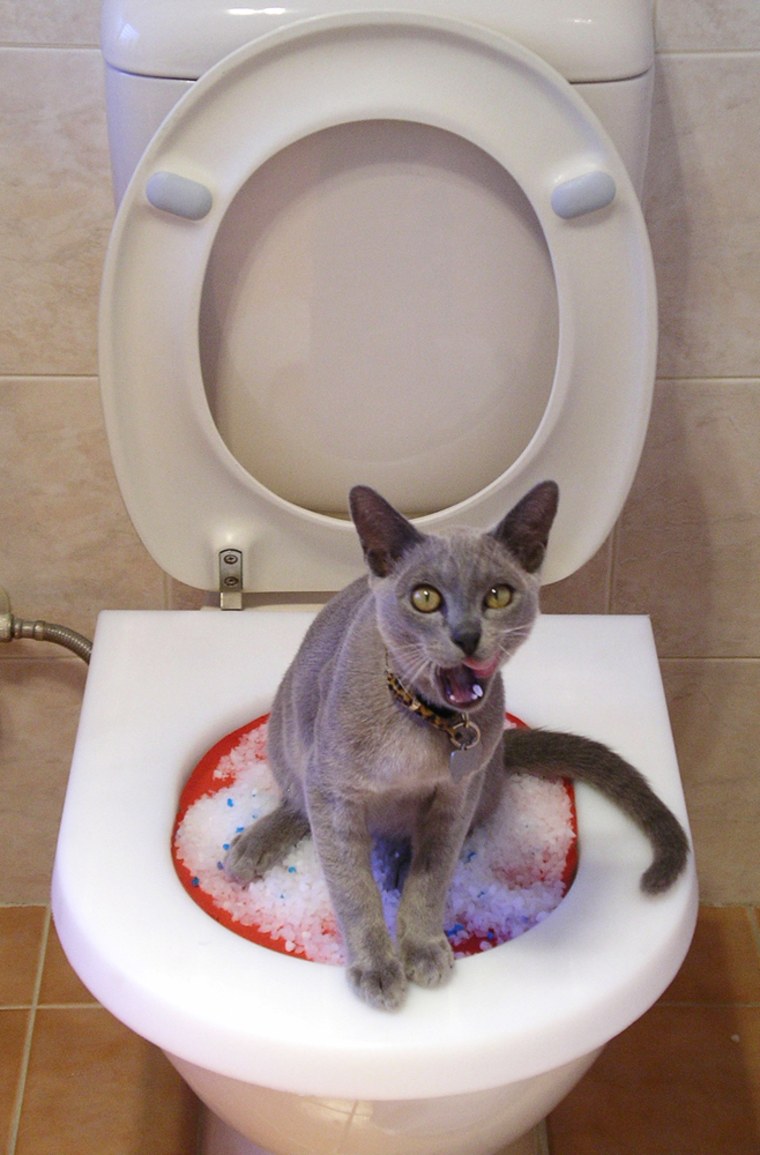The Consequences of Flushing Cat Poop Down Your Toilet - Protect Your Pipes
The Consequences of Flushing Cat Poop Down Your Toilet - Protect Your Pipes
Blog Article
Right here below you will find a good deal of sound news involving Can You Flush Cat Poo or Litter Down the Toilet?.

Intro
As feline proprietors, it's essential to bear in mind how we dispose of our feline buddies' waste. While it may appear hassle-free to purge feline poop down the commode, this practice can have destructive effects for both the setting and human health and wellness.
Environmental Impact
Purging pet cat poop introduces harmful virus and parasites right into the water system, presenting a substantial threat to water ecosystems. These pollutants can negatively influence aquatic life and concession water quality.
Health Risks
In addition to ecological worries, purging pet cat waste can likewise position wellness risks to human beings. Pet cat feces may contain Toxoplasma gondii, a parasite that can trigger toxoplasmosis-- a potentially severe ailment, specifically for expecting women and individuals with damaged body immune systems.
Alternatives to Flushing
The good news is, there are more secure and a lot more liable ways to throw away cat poop. Consider the adhering to options:
1. Scoop and Dispose in Trash
The most common approach of disposing of pet cat poop is to scoop it right into a biodegradable bag and toss it in the trash. Make certain to use a committed litter inside story and throw away the waste immediately.
2. Use Biodegradable Litter
Select eco-friendly feline clutter made from materials such as corn or wheat. These trashes are eco-friendly and can be securely disposed of in the trash.
3. Hide in the Yard
If you have a yard, think about burying cat waste in a marked location away from veggie gardens and water resources. Make sure to dig deep adequate to prevent contamination of groundwater.
4. Install a Pet Waste Disposal System
Purchase a pet garbage disposal system specifically developed for pet cat waste. These systems utilize enzymes to break down the waste, minimizing odor and environmental influence.
Final thought
Liable animal possession extends beyond giving food and shelter-- it additionally involves appropriate waste administration. By refraining from flushing pet cat poop down the commode and choosing alternate disposal techniques, we can decrease our environmental footprint and safeguard human wellness.
Why Can’t I Flush Cat Poop?
It Spreads a Parasite
Cats are frequently infected with a parasite called toxoplasma gondii. The parasite causes an infection called toxoplasmosis. It is usually harmless to cats. The parasite only uses cat poop as a host for its eggs. Otherwise, the cat’s immune system usually keeps the infection at low enough levels to maintain its own health. But it does not stop the develop of eggs. These eggs are tiny and surprisingly tough. They may survive for a year before they begin to grow. But that’s the problem.
Our wastewater system is not designed to deal with toxoplasmosis eggs. Instead, most eggs will flush from your toilet into sewers and wastewater management plants. After the sewage is treated for many other harmful things in it, it is typically released into local rivers, lakes, or oceans. Here, the toxoplasmosis eggs can find new hosts, including starfish, crabs, otters, and many other wildlife. For many, this is a significant risk to their health. Toxoplasmosis can also end up infecting water sources that are important for agriculture, which means our deer, pigs, and sheep can get infected too.
Is There Risk to Humans?
There can be a risk to human life from flushing cat poop down the toilet. If you do so, the parasites from your cat’s poop can end up in shellfish, game animals, or livestock. If this meat is then served raw or undercooked, the people who eat it can get sick.
In fact, according to the CDC, 40 million people in the United States are infected with toxoplasma gondii. They get it from exposure to infected seafood, or from some kind of cat poop contamination, like drinking from a stream that is contaminated or touching anything that has come into contact with cat poop. That includes just cleaning a cat litter box.
Most people who get infected with these parasites will not develop any symptoms. However, for pregnant women or for those with compromised immune systems, the parasite can cause severe health problems.
How to Handle Cat Poop
The best way to handle cat poop is actually to clean the box more often. The eggs that the parasite sheds will not become active until one to five days after the cat poops. That means that if you clean daily, you’re much less likely to come into direct contact with infectious eggs.
That said, always dispose of cat poop in the garbage and not down the toilet. Wash your hands before and after you clean the litter box, and bring the bag of poop right outside to your garbage bins.
https://trenchlesssolutionsusa.com/why-cant-i-flush-cat-poop/

I ran across that page about How to Dispose of Cat Poop and Litter Without Plastic Bags while perusing the internet. Sharing is caring. Helping people is fun. I thank you for reading our article about How to Dispose of Cat Poop and Litter Without Plastic Bags.
Call Today Report this page